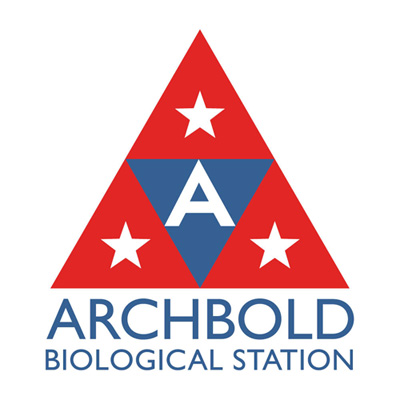This week many people across the country are celebrating ‘Citizen Science’. What is citizen science? Are there local citizen science programs? Who do you contact if you want to become a citizen scientist?
The Oxford English Dictionary defines citizen science as: “scientific work undertaken by members of the general public, often in collaboration with or under the direction of professional scientists and scientific institutions.” “Many citizen science projects are aimed at improving our understanding of life of Earth and how ecosystems are changing over time” says Dr. Hilary Swain, Director at Archbold Biological Station. In the era of ‘big data’, the Internet and ‘real time data’, citizen science is undergoing a revolution. Professional scientists only have their eyes and ears directly on a few places at any one time, limiting the number of places at which scientific data are collected and how often data can be collected. By adding the observations of well-trained citizens, science is expanding its reach. Scientists including those at Archbold, now engage the general public by developing straightforward protocols, providing training, and using powerful computer analytical tools to verify the quality of the data submitted.
Residents of Highlands County are already involved in citizen science projects related to monitoring species in the area. For example, the Cornell Lab of Ornithology runs a digital program called eBird, which allows people everywhere in the world to post their bird sightings and checklists. So far in 2019 alone, users have posted sightings of 159 species of birds in Highlands County. Director of the Cornell Lab of Ornithology, Dr. John Fitzpatrick says, “The project was designed to be both useful for participants and valuable for gaining scientific knowledge about bird numbers, distributions, and movements.” Fitzpatrick notes that “We’re getting over a million eBird checklists per month, and the data are now sufficient to redraw the range maps of all the North American birds species, showing remarkable details related to migration times and population densities that represent a revolutionary advance over all previous range maps.”
To help build plant and animal species lists for places around across the world, The California Academy of Science and the National Geographic Society together run an app called iNaturalist. Citizen scientists upload their photographs of plants and animals: it is fun and helpful for the user, suggesting automatic species identification for the photograph. Approximately 350 people have uploaded observations made in Highlands County. “At Archbold we use iNaturalist to engage the public,” says Director of Education, Dustin Angell. “I use it in the field with children and adult visitors. And we are uploading field guides for the species found at Archbold, all available for free on the app.”
Other citizen science projects in the area are more species-specific. Audubon of Florida uses volunteer power to run a program called Jay Watch, which monitors the threatened Florida Scrub-Jay. Each year, approximately 270 volunteers conduct jay surveys statewide. Archbold’s Reed Bowman who was instrumental in designing the protocols used by Jay Watch notes that, “Jay Watch data are instrumental for scientists at Archbold and in government agencies to assess the changing status of jays throughout Florida and improve planning for successful conservation“.
Local volunteers who are part of the Ridge Rangers, a task force run by the Florida Fish and Wildlife Conservation Commission, help with monitoring another bird, the Southeastern American Kestrel. Ridge Ranger Coordinator, Bill Parken describes their role, “The volunteers monitor kestrel nesting in bird boxes using cameras attached to poles. They take photos of the nests and keep track of the data using a specialized digital program. State biologists would not be able to collect all these data without these volunteers.”
LAKEWATCH is now one of the largest lake monitoring programs in the nation with more than 1,800 trained citizens monitoring 600+ lakes, rivers and coastal sites in more than 40 Florida counties. Volunteers are helping to monitor 69 lakes in Highlands County. They collect samples which are shipped off to a University of Florida laboratory to measure trends in lake water quality.
Swain adds, “People often become citizen scientists to learn more about birds, or lakes, or butterflies, or grasses. These networks provide a structured environment for improving their observations and getting to know the ‘big picture’. For some it is an opportunity to connect with a community who enjoy learning, exploring and making observations together. Everyone feels a sense of purpose, each contributing to better understanding.”
For those interested in learning more, Archbold Biological Station is running a free public event called Citizen Science Day on Saturday, April 20th from 9am – 11:30am. The program will start with short presentations on eBird, iNaturalist, Jay Watch, and the Ridge Rangers. Dustin Angell will then lead participants on a guided nature tour focused on using iNaturalist. Some digital tablets will be available to share, but participants are advised to come with the app already installed on their phones.
Archbold Biological Station is located at 123 Main Drive, Venus, FL 33960 and is 8 miles south of Lake Placid. The entrance is 1.8 miles south of SR 70 on Old SR 8.
Photo: Summer campers at Archbold are excited to use the iNaturalist app to participate in citizen science
